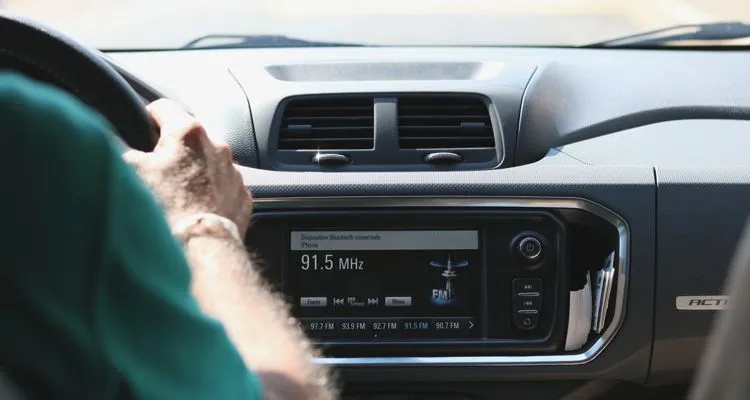Congress is considering mandating automakers to include AM receivers in vehicles as a safety issue. The news comes as many automakers have plans to phase out AM receivers on vehicles sold in the U.S.
“For decades, free AM broadcast radio has been an essential tool in emergencies, a crucial part of our diverse media ecosystem, and an irreplaceable source for news, weather, sports, and entertainment for tens of millions of listeners,” says Senator Ed Markey (D-MA). “Carmakers shouldn’t tune out AM radio in new vehicles or put it behind a costly digital signal paywall.”
Ed Markey is just one of several co-sponsors of the proposed bill, the AM for Every Vehicle Act. The bill has bipartisan support in both the House and the Senate. Some of the other backers of the bill include Senators Ted Cruz (R-TX), Deb Fischer (R-NE), Ben Ray Luján (D-NM), Tammy Baldwin (D-WI), and J.D. Vance (R-OH). House Reps Josh Gottheimer (D-NJ), Buce Westerman (R-AR), Tom Kean Jr. (R-NJ), Rob Menendez (D-NJ) and Marie Gluesenkamp Perez (D-WA).
If the AM for Every Vehicle Act is passed, it will direct the National Highway Traffic Safety Administration to issue a rule that requires automakers to maintain AM broadcast radio in all vehicles without a separate additional payment, fee, or surcharge to access the AM receiver. It also tasks the Government Accountability Office to study whether alternative communications methods could fully replicate the effectiveness of AM radio for public emergency alerts.
BMW, Mazda, Volvo, Volkswagen, Tesla, and even Ford have already removed or plan to remove AM radios from their electric model vehicles. When asked why, Ford company spokesman Wes Sherwood says, “A majority of U.S. AM stations, as well as a number of countries and automakers globally, are modernizing radio by offering internet streaming through mobile apps, F.M., digital, and satellite radio options.”
There are still over 4,000 U.S.-based AM radio stations spread across the United States. AM radio serves as the backbone for the nation’s emergency alert system, making it crucial to maintain in cases of emergency like natural disasters.
“Unlike FM radio, AM radio operates at lower frequencies and longer wavelengths, enabling it to pass through solid objects and travel further than other radio waves,” adds Senator Ed Markey. “As a result, FEMA’s National Public Warning System — through which FEMA delivers critical safety alerts to the public — operates through broadcast AM radio stations.”

